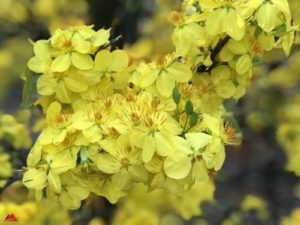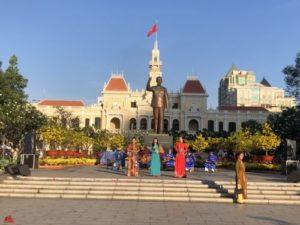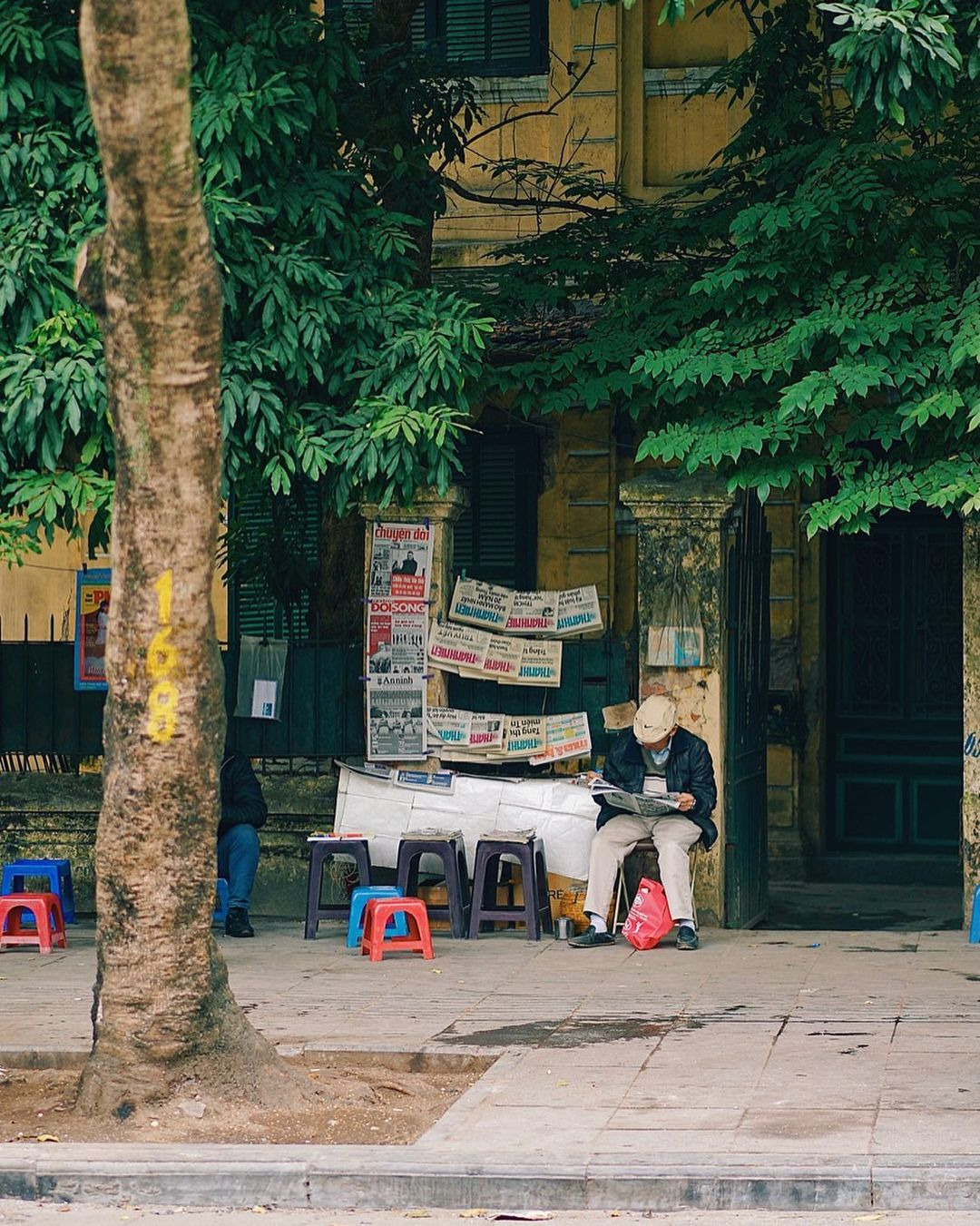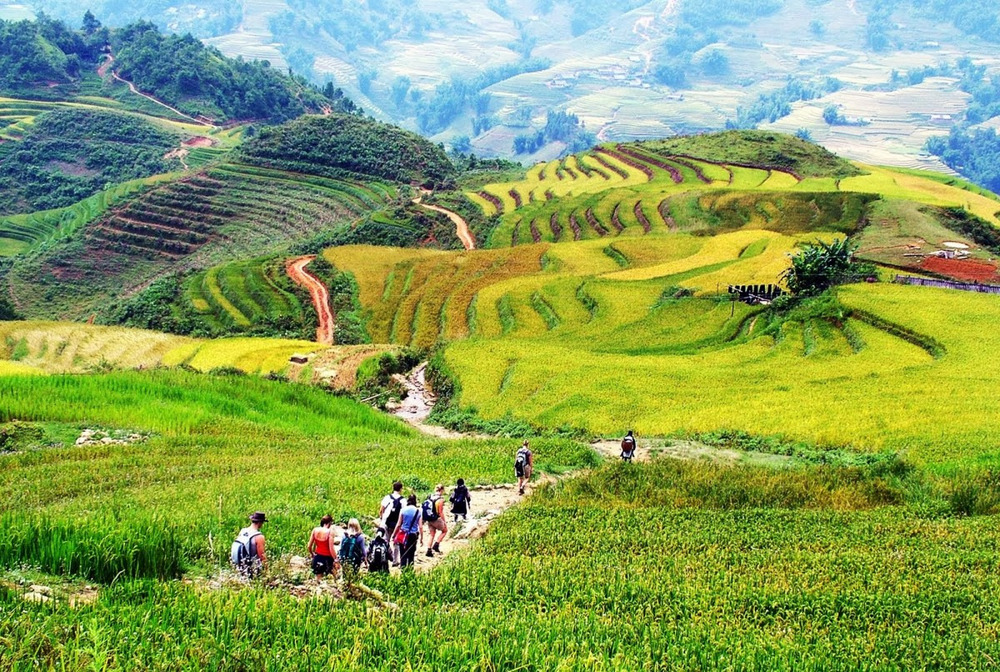Written by Tigran-Lucian Mandalian
Insight of this post:
Tet (Tet Nguyen Dan – Festival of the First Morning of the First Day) is the most important celebration in Vietnamese culture. Tet Festival follows the lunar cycle and is celebrated once every year, usually at the end of January or beginning of February. Public celebrations can last up to 7 days.

The Apricot Flowers
The preparation time before celebrating Tet Festival
This festival involves several family-centered ceremonies and rituals. During the week before Tet, many families visit the graves of their parents and grandparents. Fresh earth is placed on top, weeds removed from around it and incense is burnt to invoke the souls of the dead to return and visit the family home. It named “Ngay Tao Mo”.
The week before New Year’s Eve is a period of Tat Nien which is a celebration of the last event of a period (like the last class of school, the last day in the office, even the last bath, all with parties and great ceremonies
A farewell and thank you dinner given to the Kitchen God (Ong Tao) on the 23rd day of the 12th month is another custom held by the Vietnamese as a preparation for the coming of the New Year. This god returns to Heaven to report to the Jade Emperor about the year’s activities of the household.
During the week before New Year’s Eve, some families set up a Tet tree (Cay neu) – an arrangement that consists of a bamboo pole stripped of most of its leaves except for a few at the top. The Tet tree can hold some talismans that clang in the breeze to attract good spirits and repel the evil ones. Nowadays, this tree is more common in the countryside than in the cities. After the seventh day of Tet, it is removed during a ceremony.
Houses are cleaned and adorned with colorful decorations. Those who stay at home say prayers for their ancestors, while in the parks there are great fireworks shows. Throughout the country, the troubles of the previous year are forgotten.
Throughout the country, flowers create great splashes of color: in southern Vietnam, the bright golden yellow branches of the Mai apricot are seen everywhere, while in the northern part, the soft rose-colored Dao peach flowers decorate homes and offices.
Miniature kumquat bushes, pruned to display ripe deep orange fruits, are carefully selected and prominently displayed. Besides good luck and wealth, the fruits represent the grandparents, the flowers represent parents, the buds represent children and the light green leaves represent grandchildren. Thus, the tree symbolizes more generations.
Preparation for Tet and its celebration is not confined to homes but, as a sociologist (Masequesmay G.) observes, extends over businesses and shops: “On New Year’s Eve, people were busily cleaning up and decorating their stores for the next day. Many people were sweeping the front of their stores because it was considered bad luck to clean up on New Year’s Day. One may accidentally sweep away prosperity that was going to come in. Besides, one would want to have a clean house or store to welcome in the good spirits. Groups of children belonging to Buddhist Youth groups were also going around doing the lion dances, bringing good omens to the shops, and in turn they received luck money from the storekeeper.”
How to celebrate Tet Festival

Local people singing a song to celebration the new year at Ho Chi Minh city Hall
In Vietnam, the New Year’s Eve (Giao Thua) when families are excitedly waiting for the midnight, it’s a moment of renewal.

Mâm Ngũ Quả – The Five Fruits Flatter
Thanks for your interest in this article.
Sources:
Bellows, K. (2008). Sacred Places of a Lifetime: 500 of the World’s Most Peaceful and Powerful Destinations. National Geographic Books.
Masequesmay, G. (1991). Little Saigon: An Exploratory Study of an Ethnic Community. Thesis, Pomona College, Department of Sociology, Claremont, CA.
McAllister, P. (2013). Religion, the state, and the Vietnamese lunar new year (Respond to this article at http://www. therai. org. uk/at/debate). Anthropology today, 29(2), 18-22.
Mazumdar, S., Mazumdar, S., Docuyanan, F., & McLaughlin, C. M. (2000). Creating a sense of place: the Vietnamese-Americans and Little Saigon. Journal of environmental psychology, 20(4), 319-333.
http://thingsasian.com





The Vu Lan festival is just around the corner providing us the chance to gather with family, express love and gratitude to parents as well as ancestors. Held in the…
Written by Tigran -Lucian Mandalian Hoi An City is located in central Vietnam in Quang Nam province and is an UNESCO World Heritage Site. Historically, Hoi An was a famous…
Written by Tigran-Lucian Mandalian Inside of this post A short brief history What materials are used to make the puppets A water puppet show Where to watch If you are…